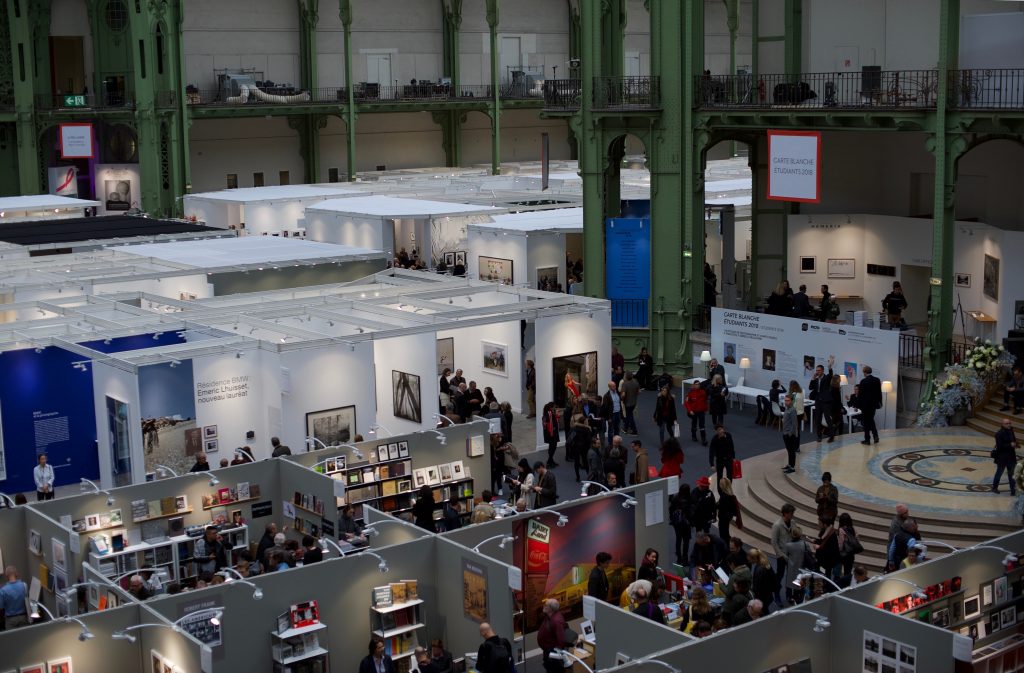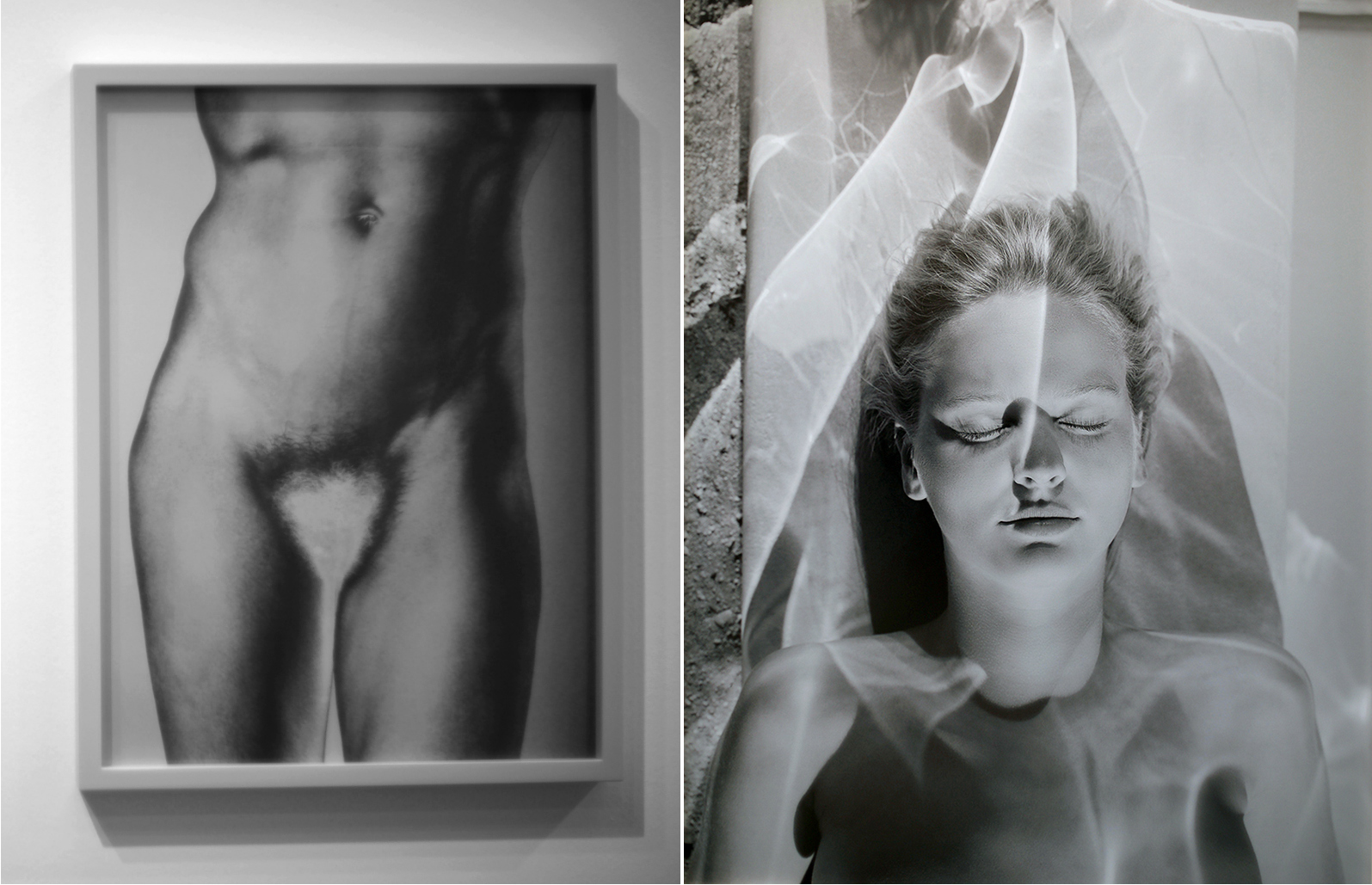Paris Photo Fair 2018: Highlights
The focus of this year’s event was firmly on talented women photographers

Now in its 22nd edition, Paris Photo remains the premier fair for photo-based art, where rare masterpieces are presented alongside the under-appreciated or the over-looked—and all under the majestic green iron curves of the Grand Palais. This year, fair organizers and exhibitors were noticeably influenced by the growing global request to do more to improve the recognition of women. At the invitation of the fair, independent curator Fannie Escoulen singled out a selection of images from individual exhibitors in an effort to trace the history of the medium through the lens of women photographers. This, though powerful, only encompassed a small part of the work by women which appeared organically throughout the fair.

Bruce Silverstein Gallery displayed a wall-sized installation of images by Rosalind Fox Solomon, many of which are included in her newest publication, Liberty Theater (2018). Spanning the 1970s-1990s, the photographs explore race, class and segregation in the American South. The 88-year-old Solomon has spent the past 40 years documenting social issues, including her remarkable Portraits in the Time of AIDS series. In recent years she has become a part of the growing number of women artists whose exceptional life’s work is becoming increasingly recognized for its artistic and historical significance. Her work has also been the subject of a number of publications from influential MACK books in the UK, including the recently released collection of Liberty Theater.

Also of note at the fair was Company Gallery’s solo presentation of Barbara Hammer, a pioneering American feminist artist. A massive enlargement of one of her photographs from the ’70s wallpapered one of the walls of the exhibition booth, and served as a backdrop for additional images and videos of women. The result was remarkably engaging.

Multiple galleries showed the work of Zanele Muholi, whether it was her mesmerizing self-portraits and her portraits of people within the queer community. Several galleries also showed new work from Mona Kuhn—we especially liked her solarized nudes. We also enjoyed Jo Ann Callis’ Early Color photographs from the ’70s, made in her own home as a comment on post-war domestic life, as well as Moyra Davey’s installation of people observed writing while taking the subway.

Some 15 minutes away from the Grand Palais was a comprehensive solo exhibition of one of the medium’s most important women photographers. Perhaps best known as the photographer of “Migrant Mother,” the iconic image of a destitute woman and her two children, which has come to represent Depression-era America, Dorothea Lange was (and remains) hugely influential in humanizing documentary photography. In her current exhibition The Politics of Seeing at the Jeu de Paume, Lange’s images of migrant Americans moving west during the 1930s feels heart-wrenchingly relevant. These documents of American desperation, taken less than 100 years ago, are an uncomfortable political reminder that memory runs shallow.
Images by Jonah Samson












